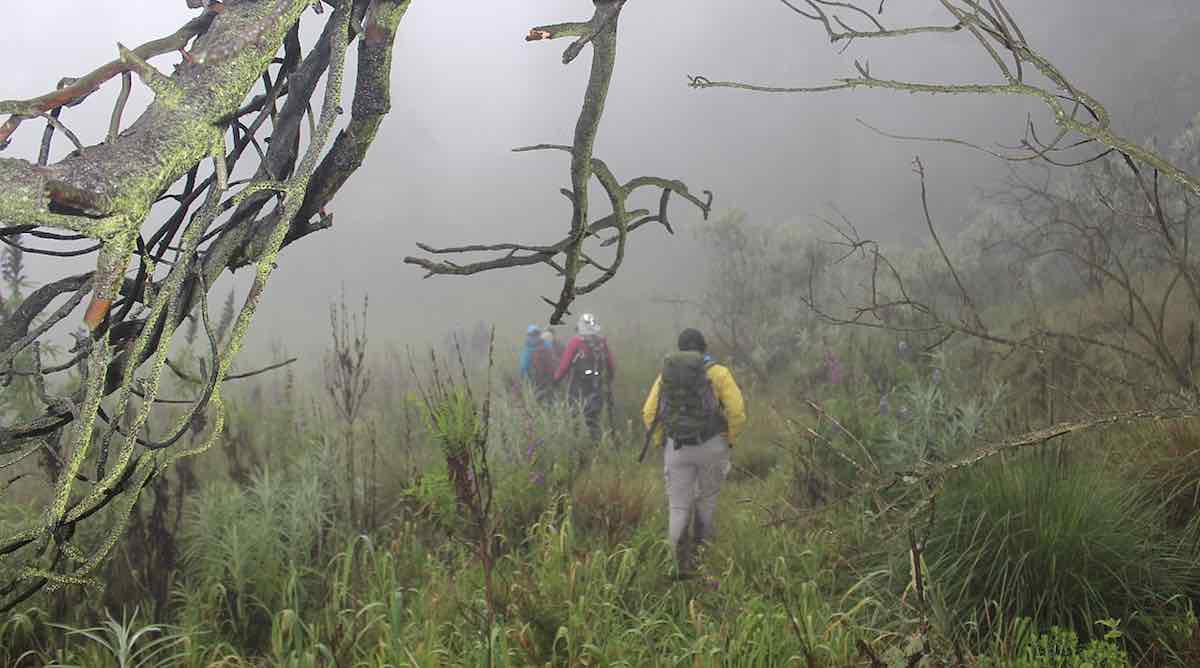One of the most vital resources on the planet may soon be readily available in your backpack.
A professor of mechanical engineering is leading a research team to develop a lightweight, battery-powered pack that can harvest water from the air—as many as 10 gallons per hour— even in arid locations.
The nanofiber-based harvester could help address modern water shortages due to climate change, industrial pollution, droughts and groundwater depletion, especially in dry parts of California, Africa and China. This will also aid residents in South America who live atop mountain ranges higher than rain clouds.
“I was visiting China, which has a freshwater scarcity problem,” said Dr. Shing-Chung Wong of the University of Akron. “There’s investment in wastewater treatment, but I thought that effort alone was inadequate.”
RELATED: Dad Designs a Floating Drone That Could Prevent Dozens of Potential Drownings
He figured it would be more prudent to develop a water harvester that could take advantage of abundant water particles in the atmosphere.
To miniaturize water generation and improve the efficiency, Wong and his UA students turned to electrospun polymers. Electrospinning uses electrical forces to produce polymer fibers ranging from tens of nanometers up to 1 micrometer — an ideal size to condense and squeeze water droplets out of the air. These nanoscale fiber polymers offer a much larger surface-area-to-volume ratio than that provided by the typical structures and membranes used in water distillers.
By experimenting with different combinations of polymers that were hydrophilic — which attracts water — and hydrophobic — which discharges water, the team concluded that a water harvesting system could indeed be fabricated using nanofiber technology.
MORE: Students Develop One-Passenger Vehicle That Runs On Air
Unlike existing methods, Wong’s harvester could work in arid desert environments because of the membrane’s high surface-area-to-volume ratio. It also would have a minimal energy requirement.
The appearance of the portable water harvester depends on the end-use applications. The envisioned design looks much like a backpack.
“We could confidently say that, with recent advances in lithium-ion batteries, we could eventually develop a smaller, backpack-sized device,” Wong said.
CHECK OUT: Book-Sized Solar Panels Could Power a Whole Home in New Breakthrough
What’s more, Wong’s nanofiber design simultaneously grabs water and filters it, thus the water would be free of pollutants and immediately drinkable.
Next, Wong hopes to obtain additional funding to build a prototype of the freshwater harvester. He anticipates that, once his team is able to produce the prototype, it should be inexpensive to manufacture.
(Source: University of Akron)
Power Up With Positivity And Share The Good News With Your Friends – Representative photo by Marco Antonio Ibarra Neri, CC





















Wow….so many amazing people creating amazing machines and technologies. I hope it never ends! God bless you all 🙂